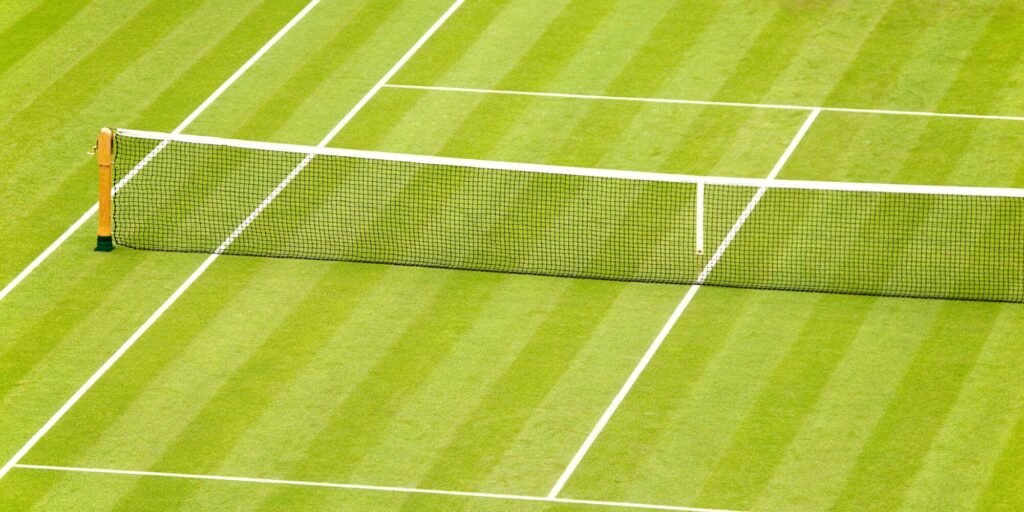Roger Federer’s strategy for overcoming tough opponents involves a combination of adapting his game and using his experience to stay focused under pressure. He recognizes when pressure is rising and makes adjustments to manage it effectively, which helps him stay calm and composed during intense matches. This calm demeanor allows him to think clearly and execute his shots more accurately.
When facing a particularly challenging opponent like Rafael Nadal, Federer focuses on targeting Nadal’s forehand, which is a key part of Nadal’s game. Federer does this by returning serves from the ad-court in a way that prevents Nadal from playing his favorite shots. He also mixes up his game by coming to the net, using serve and volley tactics, and incorporating drop shots to keep his opponents guessing.
Federer’s ability to change his strategy mid-game is crucial. He has shown this by adopting a more aggressive style later in his career, which included using new shots like the Sneak Attack By Roger (SABR). This unpredictability makes it difficult for opponents to anticipate his next move, giving him a significant psychological advantage. Overall, Federer’s strategic flexibility and mental toughness are key elements in his approach to overcoming tough opponents.
Federer’s game plan often revolves around his strong forehand, but he also recognizes the importance of improving his backhand, especially against opponents like Nadal. By stepping in and hitting his backhand more aggressively, Federer can neutralize Nadal’s powerful topspin forehand and create opportunities to dominate the point with his forehand. This tactical awareness and ability to adapt have made Federer one of the most successful tennis players in history.
